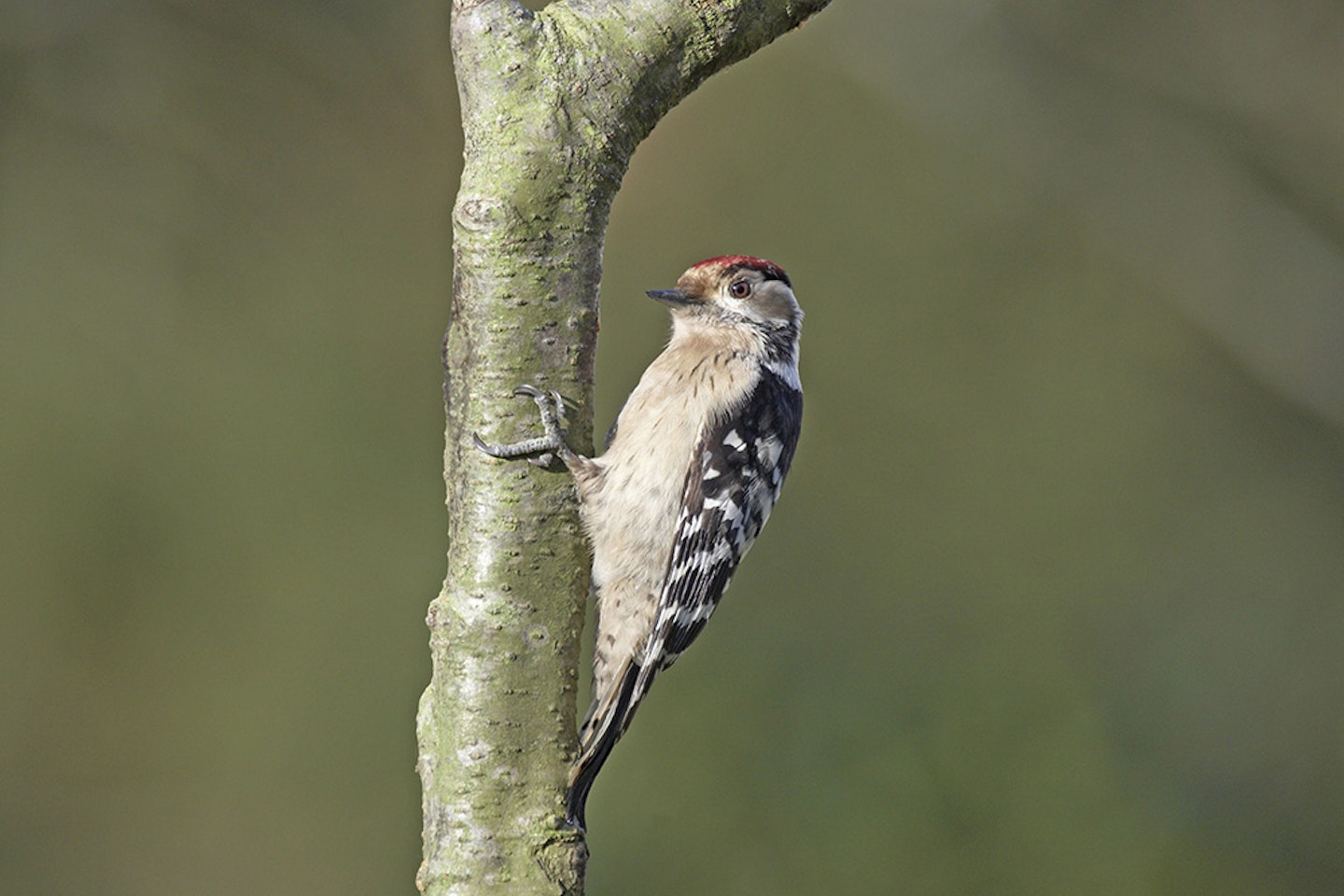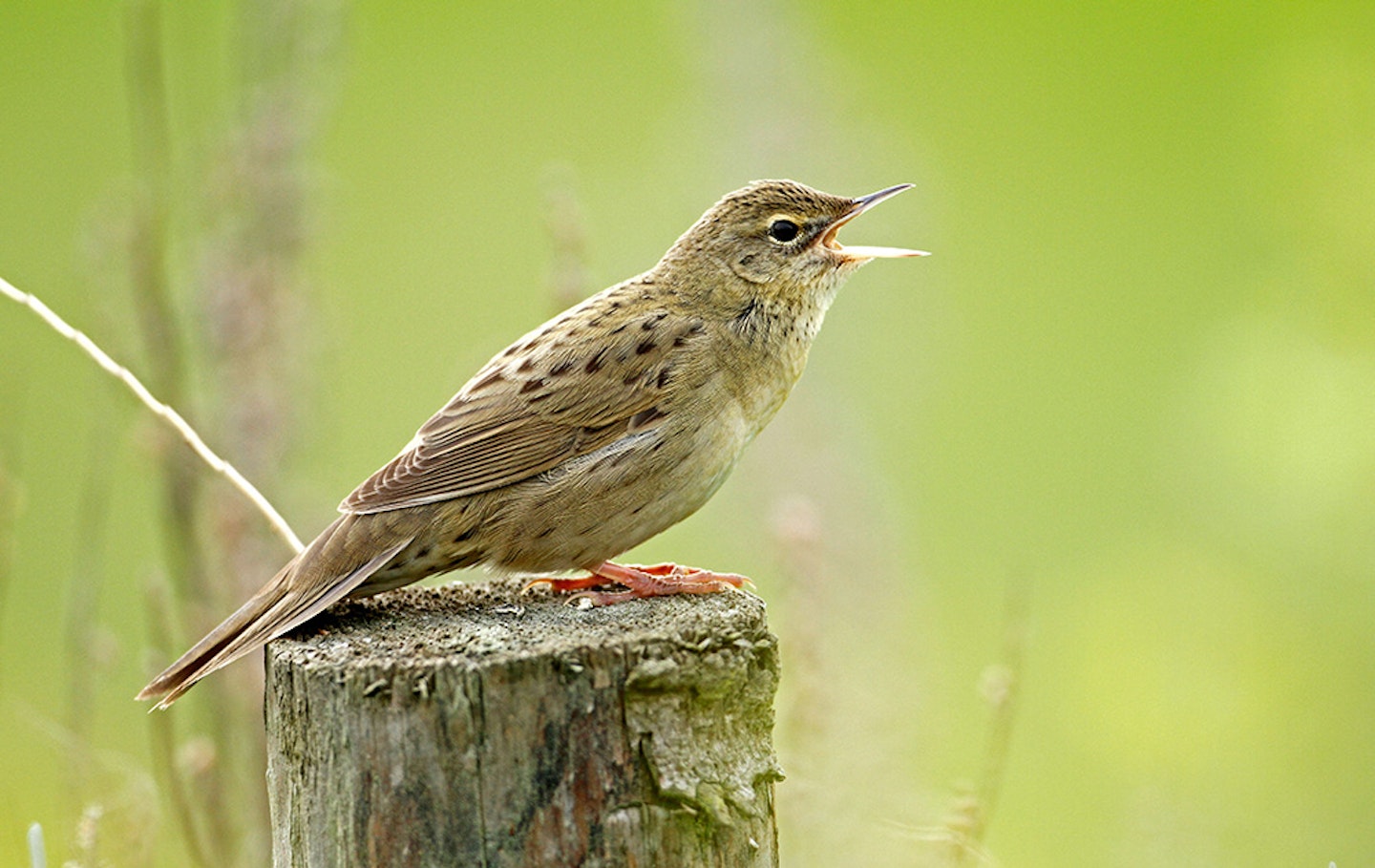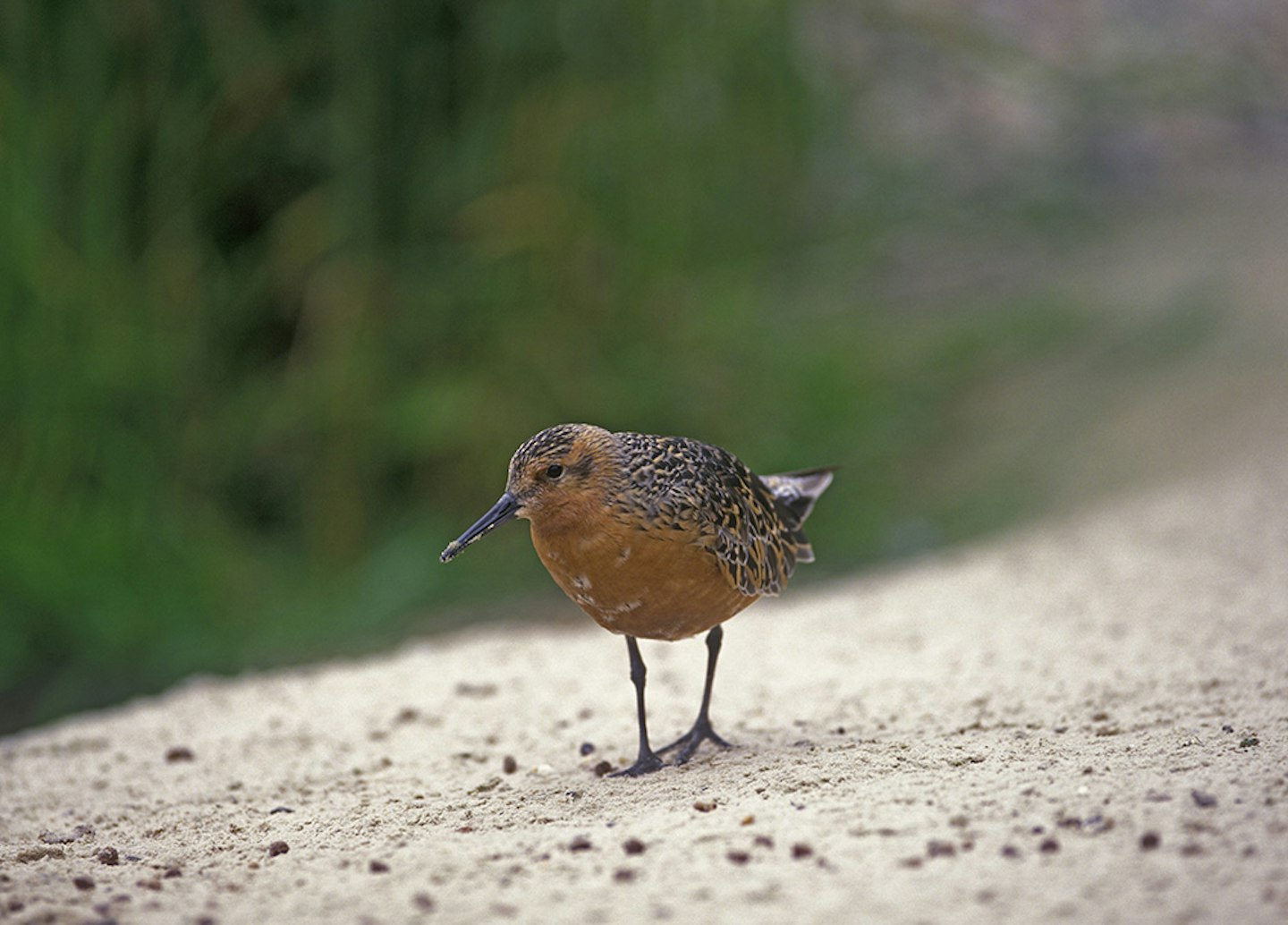Corn Crake
Though once a widespread and common bird, there are now fewer than 1,000 male Corn Crakes annoying the neighbours, rasping loud and repetitive calls of ‘crex crex’ throughout the night. And these birds are restricted largely on the Hebridean islands, the Northern Isles and parts of Northern Ireland. The attempted reintroduction of the species to the Cambridgeshire fens has fizzled out, so a trip to one of these sites is easily the best bet to hear one a Corn Crake (from mid-April). Seeing one is another matter altogether, as they are incredibly elusive, seemingly hiding behind the shortest vegetation!

Lesser Spotted Woodpecker
The delightful and tiny Lesser Spotted Woodpecker is a bird which has crashed horrifically in population in the UK (which means England and Wales, here, as they are almost unheard of in Scotland, and don’t occur in Ireland). There may be as few as 1,000 pairs left, which is a huge shame. Now is a good time to look for them, as they are so small that they vanish behind leaves with ease. Look for a black-and-white woodpecker no bigger than a sparrow, which often feeds in tiny twigs at the top of trees. They have no red on the underparts (unlike Great Spotted Woodpeckers) and the female has no red in the plumage at all (males have a red crown). Listen for the rattling, even-paced drum, which is notably longer than the drum of the Great Spot. Also, listen for the Kestrel-like ‘kee kee kee...’ call, often the best indicator of birds’ presence.

Grasshopper Warbler
Continuing the theme of birds which are easier to hear than see, the Grasshopper Warbler may also be quite hard to hear for many of us. The reason is the insect-like, rapidly ticking song (called ‘reeling’) is too high-pitched for lots of birdwatchers. This can be a problem, as they usually are only seen when singing, and the song often takes place concealed deep within a wild rose or bramble bush! If you do get a glimpse, they are subtly streaked warblers, lacking the bold, pale supercilium (‘eyebrow’) of the much more abundant and easier to see Sedge Warbler. They are widespread birds, with about 16,000 pairs spread across the country.

Nightingale
The last of the hard-to-see April birds is the wonderful Nightingale, a large relative of the Robin (bigger than a Robin, smaller than a Song Thrush) with the rather plain plumage of a red-brown warbler. Nightingales are masters of song, with a powerful, rich song which is like that of no other British bird. Listen for crescendos on a ‘pew’ note and fast ‘chugga chugga’ phrases; but the rich tone, volume and diversity are all very distinctive once heard. The song which is famously sung by night, but also heard during the day, is usually delivered from deep within a dense bush, and the birds enjoy concealment, making observing them in the open tricky. You may see them singing, or they may come out to feed on the ground, looking like a large plain Robin, with a full, reddish-brown tail (ricker in colour than the back).

Knot
Though the other four birds on this page can be a pain to see, the Knot presents no such difficulties. It is, of course, a bird renowned for producing the wader equivalent of Starling murmurations, seen in vast numbers around The Wash and some other sites. But, in April, it is also a bird which can appear in small numbers at inland sites in the most delightful breeding plumage. In common with godwits and Curlew Sandpiper, summer plumaged Knots have lovely brick red underparts and are a real treat to the eye for wader-lovers. There are of course, many waders which also pass through the country heading to arctic breeding grounds in late April. But none is more handsome than the Knot.
